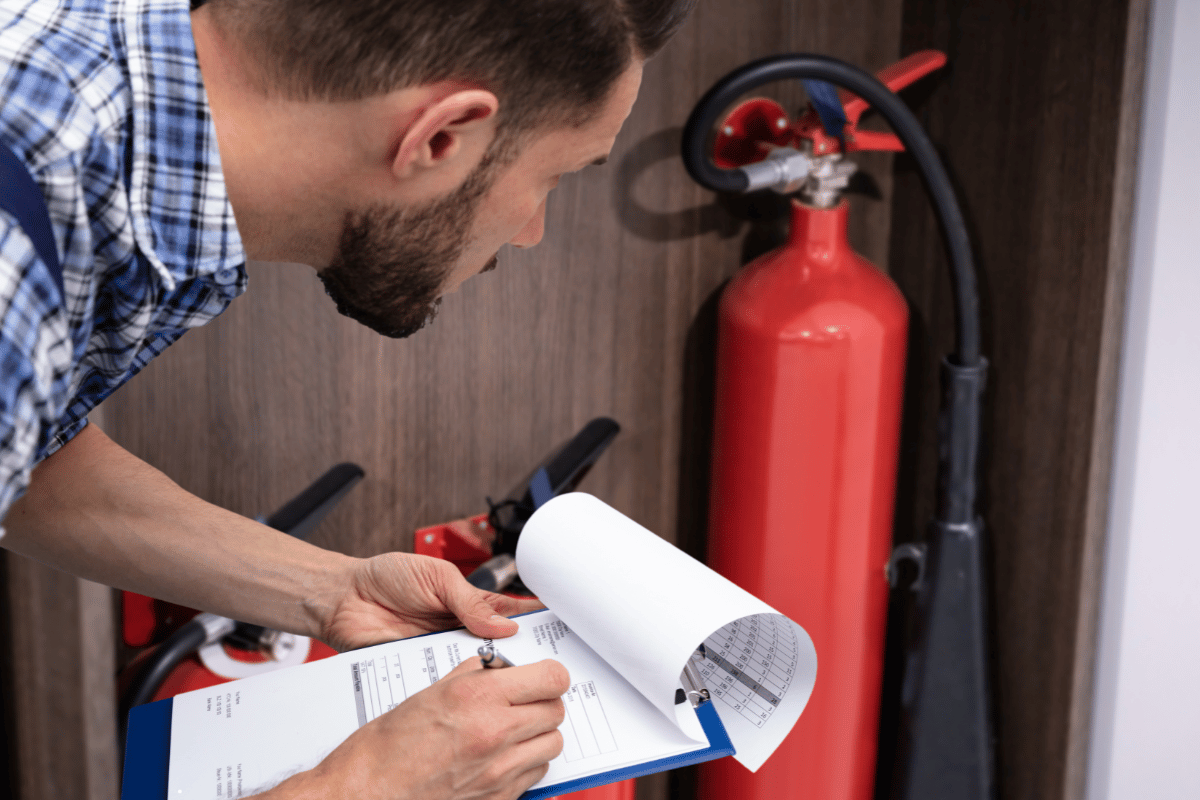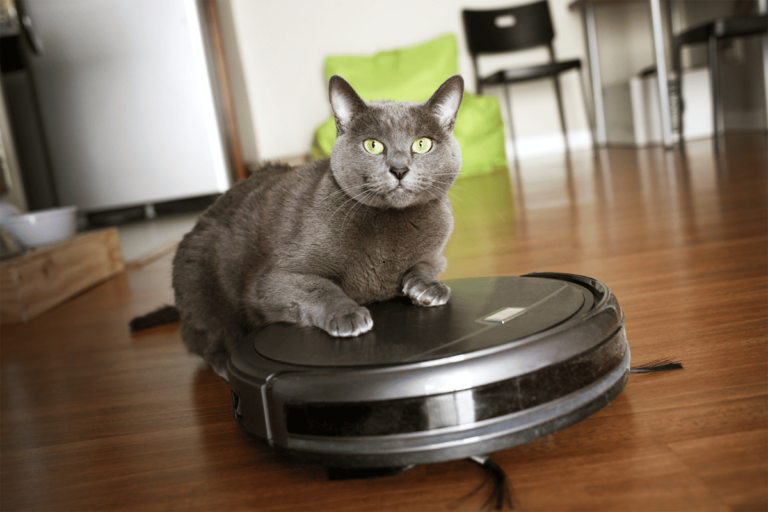What Are the Different Types of Fire Extinguishers?
Fire extinguishers are essential tools for fighting small fires. However, being familiar with the right kind to use in a particular situation is important. Therefore, knowing the various types and what they are meant for can greatly increase your chances of putting out a fire without getting injured.
Water-Based Extinguishers
Water-based extinguishers are widely available and can be used to put out Class A fires, which involve ordinary combustibles. These include paper, wood, and cloth. They work by cooling the fire down, thereby reducing the burning intensity. However, they should not be used on electrical fires or flammable liquid fires because water conducts electricity and thus spreads the flames. These fire extinguishers have several limitations and need regular maintenance to ensure their reliability during emergency situations. This includes checking that the pressure gauge is in the correct position, looking for any signs of damage, and ensuring that the nozzle is open before needing it. Proper training in their use is also important for maximum effectiveness and to protect people in case of a fire emergency.
Foam Extinguishers
Foam extinguishers are suitable for Class B fires. These involve flammable liquids such as gasoline, oil, and grease. The foam forms a barrier between the oxygen and the fuel source, smothering the fire. They can also be used on Class A fires but are generally less effective than water-based extinguishers for this purpose. Nevertheless, these types offer flexibility as they help fight different types of flames, making them useful in various settings. Regular maintenance is essential to ensure their effectiveness, including checking foam concentrate levels and inspecting containers properly. Regular training in how to correctly use foam extinguishers is also necessary because misuse may result in incomplete suppression of the fire, hence posing risks.
Carbon Dioxide (CO2) Extinguishers
CO2 extinguishers are best for Class B and C fires, especially those arising from electrical equipment. CO2 gas works by displacing oxygen, hence smothering the fire. They leave no residue but cannot work on large fires since their capacity is limited. While CO2 extinguishers might be suitable in some cases, UK rated car fire extinguishers usually contain a dry chemical powder that has greater effectiveness against vehicle fires involving a wider range of ignited materials.
Dry Chemical Extinguishers
Dry chemical extinguishers are commonly used because they can extinguish various fire classes (A, B, and C), even those caused by electrical faults. The powder interrupts the fire’s chemical reaction to put it out. Monoammonium phosphate (MAP) and sodium bicarbonate are examples of well-known types. Nevertheless, despite their effectiveness, they may create a mess, reducing visibility.
Wet Chemical Extinguishers
Wet chemical extinguishers, designed specifically for Class F fires where cooking oils and fats are involved, create a soapy film that separates the burning oil from the heat source. They can also be used on Class A fires. Such fire extinguishers are necessary in commercial kitchens and other places where cooking oils are present.
Remember, when you use the wrong type of fire extinguisher, the result will be ineffective or even dangerous. Therefore, always take time to read carefully through all the labels on these appliances before use. In case an accident happens in any hazard zone, you should prioritize your safety first by finding safe grounds away from it. Early detection combined with appropriate use of a fire extinguisher can prevent minor flames from turning into catastrophic occurrences.






